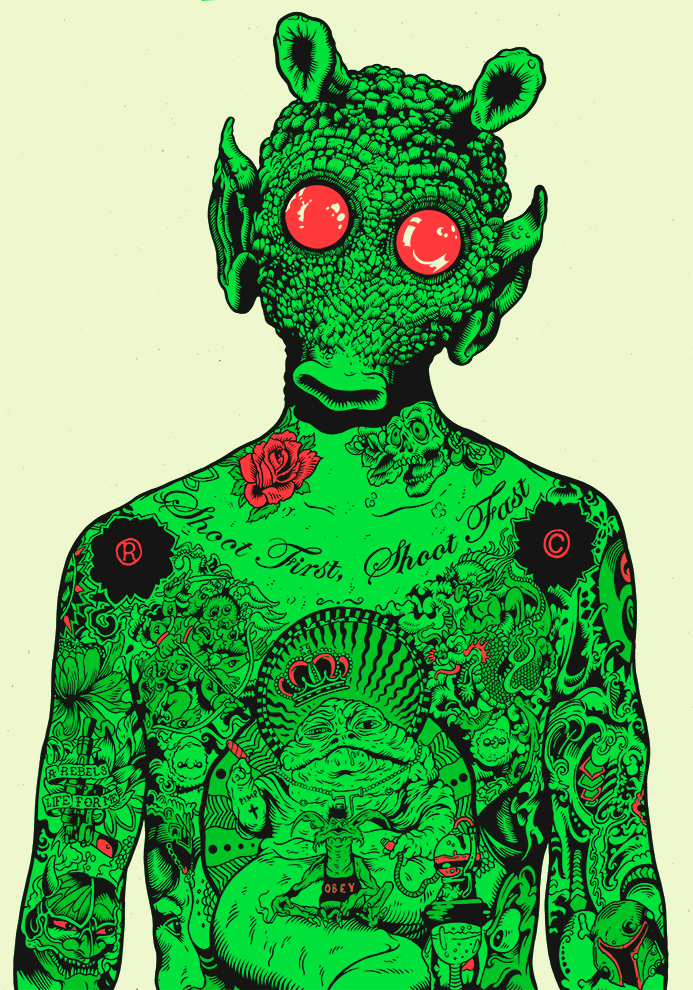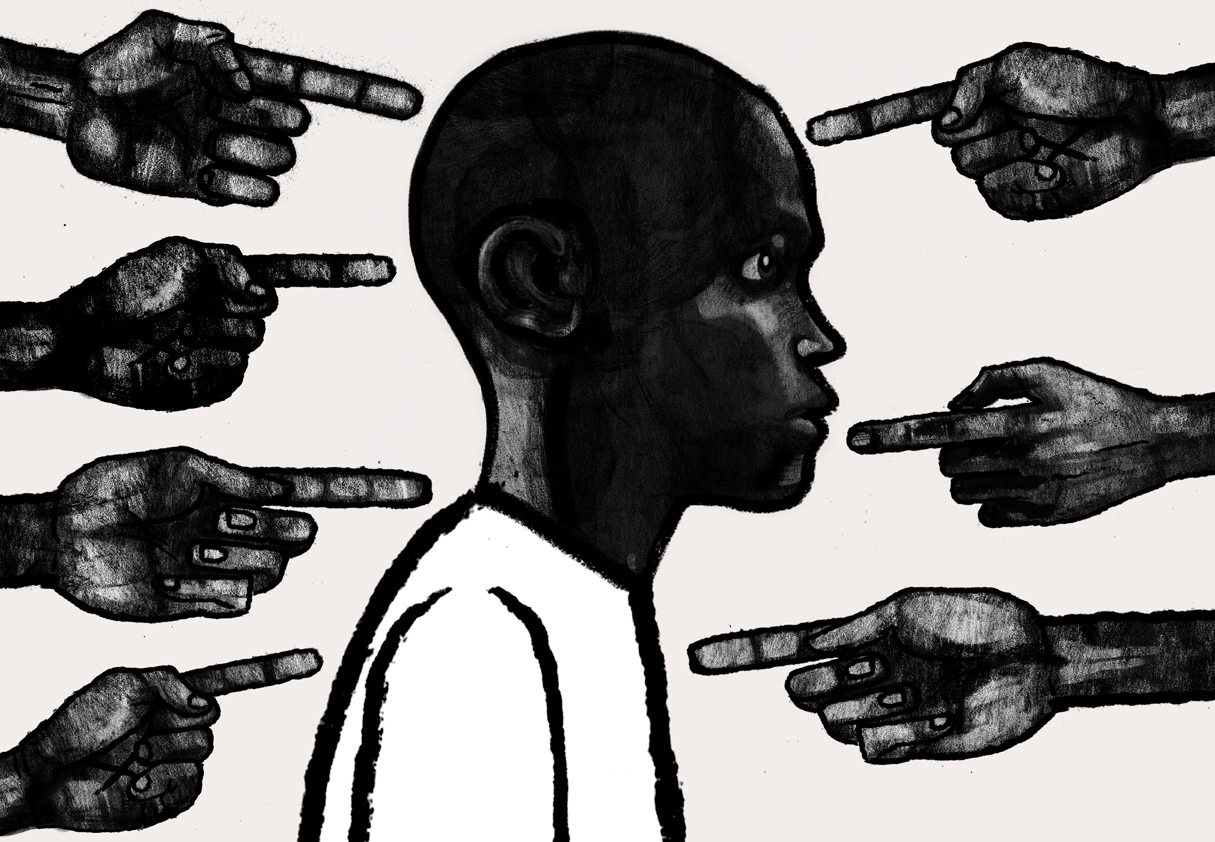The research and communications module this semester has given me a newfound appreciation of the influences behind contemporary art movements. Learning about the development of art and design from the Avantgarde movement to Postmodernism has been fascinating. It has forced me to explore areas and styles that I have not researched before – for example I discovered I now love the style of 60s psychedelic underground culture, where garish, clashing colours were effective in engaging the viewer while having typography that was a statement against clear communication.
Learning about the transition of movements and understanding the reasons why change occurred has also helped me recognise the importance of design. Counter cultures I researched were interesting because of their various styles; they went against convention whether it was Shepard Fairey’s politically charged graffiti or jazz album covers by Reid Miles – they were made in retaliation of mainstream style. This is important because mainstream design and ideas should evolve and improve. In the future I want to look into more depth of these styles in order to develop my own style.
The connection between theory and practice is vital, knowledge of history in both its successes and failures educates us for the present. On reflection the lecture on postmodernism has aided me in discovering a major influence on my future graphical practice. Swiss Style had always appealed to me but I could never address what the style was. I am now conscious of the”less is more” approach in my future work and I now recognise why the appeal of work from Wolfgang Weingart and Armin Hofmann has stood the test of time; researching their experimental practice in regards to manipulating typography and image through layering and photography while observing what I like about their work has encouraged me to take inspiration and experiment to create my own style. This has been beneficial to my graphic design rotation where in studio based work I have struggled to manipulate typography; now I have a basis of knowledge to aid my decisions by comparing with the work I like and use the processes I’ve learned are behind it, this also gives an idea of the impact certain design can produce in order to improve my own.
This module has also exposed me to different ways of thinking making me more mindful of the factors that are influencing how art has changed and how it is changing. The quote “technology is the mortal enemy of art” from Rodechencko’s 1922 constructivism manifesto was an interesting concept that has made me reflect on how technology has had an effect on not only how I experience art but also how I make it. This has influenced my opinion on finding inspiration for my studio based work; I now think I should go to more galleries try and look for inspiration everywhere rather than rely on the internet to find something that relates to my research, if I’m struggling with designing on a screen i should try designing off screen.












 Strand, P. (1915). Wall Street. [Platinum palladium print] New York: Whitney Museum of American Art, New York; Gift of Michael E. Hoffman in honor of Sondra Gilman. [2]
Strand, P. (1915). Wall Street. [Platinum palladium print] New York: Whitney Museum of American Art, New York; Gift of Michael E. Hoffman in honor of Sondra Gilman. [2]